
Using the Hubble Space Telescope, astronomers have witnessed for the first time the breakup of an asteroid into as many as 10 smaller pieces. The asteroid began coming apart early last year, but new pieces continue to emerge in the most recent images. The observations are reported in the journal Astrophysical Journal Letters.
“Seeing this rock fall apart before our eyes is pretty amazing,” said David Jewitt, a professor in the UCLA Department of Earth, Planetary and Space Sciences, who led the astronomical forensics investigation.
The crumbling asteroid, designated P/2013 R3, was first noticed as an anomalous, fuzzy-looking object on September 15, 2013, by the Catalina and Pan-STARRS sky-survey telescopes. A follow-up observation on October 1 with the W.M. Keck telescope on Hawaii’s Mauna Kea revealed three co-moving bodies embedded in a dusty envelope that is nearly the diameter of Earth. “The Keck telescope showed us that this asteroid was worth looking at with Hubble,” Jewitt said.
The Hubble telescope revealed that there were really 10 embedded objects, each with comet-like dust tails. The four largest rocky fragments are up to 200 yards in radius, about twice the length of a football field.
Jewitt said that the fragments are drifting away from each other at a leisurely pace of one mile per hour. This makes it unlikely that the asteroid is disintegrating because of a collision with another asteroid, which would be instantaneous and violent. Nor is the asteroid coming unglued due to the pressure of interior ices warming and vaporizing, as the asteroid is too cold for ices to significantly sublimate.
This leaves a scenario in which the asteroid is disintegrating due to a subtle effect of sunlight, which causes the rotation rate to slowly increase. Eventually, its component pieces, like grapes on a stem, gently pull apart due to centrifugal force, Jewitt explained. The possibility of disruption by this so-called “YORP torque” has been discussed by scientists for several years but, so far, never reliably observed.
With Hubble’s recent discovery of an active asteroid spouting six tails, astronomers are seeing more circumstantial evidence that the pressure of sunlight may be the primary force that disintegrates small asteroids.
The asteroid’s remnant debris, weighing in at 200,000 tons, will provide a rich source of meteoroids, according to Jewitt. “Most will eventually plunge into the Sun, but a small fraction of the debris may one day enter the Earth’s atmosphere to blaze across the sky as meteors,” he said.
Related:
Discuss this article in our forum
Scientists propose test run for nuking asteroid
Ancient asteroid caused global firestorm on Earth
Asteroid belts’ location critical in evolution of complex life
Milky Way’s black hole in asteroid feeding frenzy



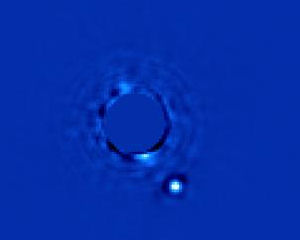
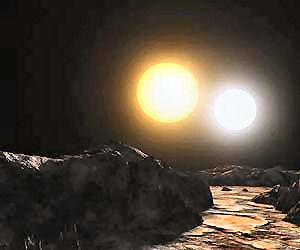
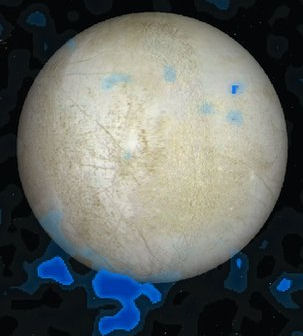
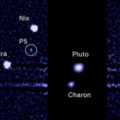



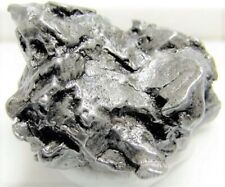



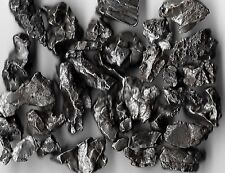

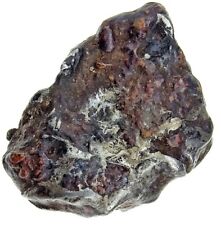

Comments are closed.